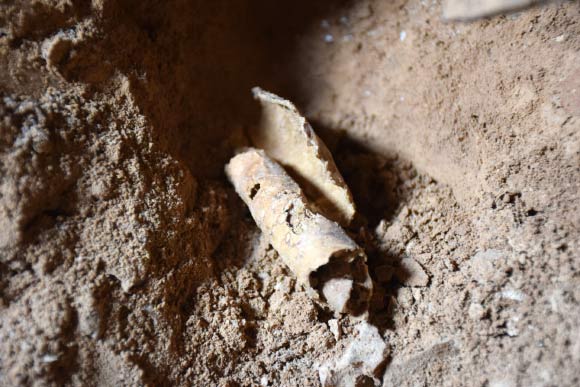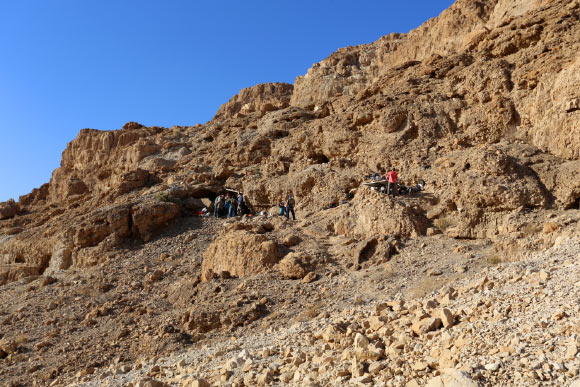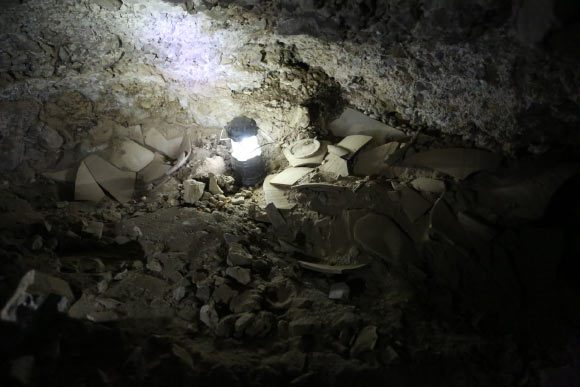Archaeologists working near Qumran in Israel have found a cave that previously contained Dead Sea scrolls. They now suggest ‘the cave should be numbered as Cave 12, along with the 11 caves previously known to have housed the famous manuscripts.’
The surprising discovery was made by an international team of archaeologists from the Hebrew University of Jerusalem in Israel and Liberty University in Virginia, the United States.
“This exciting excavation is the closest we’ve come to discovering new Dead Sea scrolls in 60 years,” said Hebrew University archaeologist Oren Gutfeld, director of the excavation.
“Until now, it was accepted that Dead Sea scrolls were found only in 11 caves at Qumran, but now there is no doubt that this is the 12th cave.”
“Finding this additional scroll cave means we can no longer be certain that the original locations (Caves 1 through 11) attributed to the Dead Sea scrolls that reached the market via the Bedouins are accurate.”
Numerous storage jars and lids from the Second Temple period were found hidden in niches along the walls of Cave 12 and deep inside a long tunnel at its rear.
The jars were all broken and their contents removed, and the discovery towards the end of the excavation of a pair of iron pickaxe heads from the 1950s (stored within the tunnel for later use) proves the cave was looted.
The finds from Cave 12 include not only the storage jars, which held the scrolls, but also fragments of scroll wrappings, a string that tied the scrolls, and a piece of worked leather that was a part of a scroll.

A piece of parchment to be processed for writing, found rolled up in a jug. Image credit: Casey L. Olson / Oren Gutfeld.
“Although no scroll was found, and instead we ‘only’ found a piece of parchment rolled up in a jug that was being processed for writing, the findings indicate beyond any doubt that the cave contained scrolls that were stolen,” Dr. Gutfeld said.
“The findings include the jars in which the scrolls and their covering were hidden, a leather strap for binding the scroll, a cloth that wrapped the scrolls, tendons and pieces of skin connecting fragments, and more.”
Like Cave 8, in which scroll jars but no scrolls were found, Cave 12 will receive the designation Q12 (the Q=Qumran standing in front of the number to indicate no scrolls were found).
The finding of pottery and of numerous flint blades, arrowheads, and a decorated stamp seal made of carnelian, a semi-precious stone, also revealed that the cave was used in the Chalcolithic and the Neolithic periods.
“The important discovery of another scroll cave attests to the fact that a lot of work remains to be done in the Judean Desert and finds of huge importance are still waiting to be discovered,” said Israel Hasson, Director-General of the Israel Antiquities Authority.











